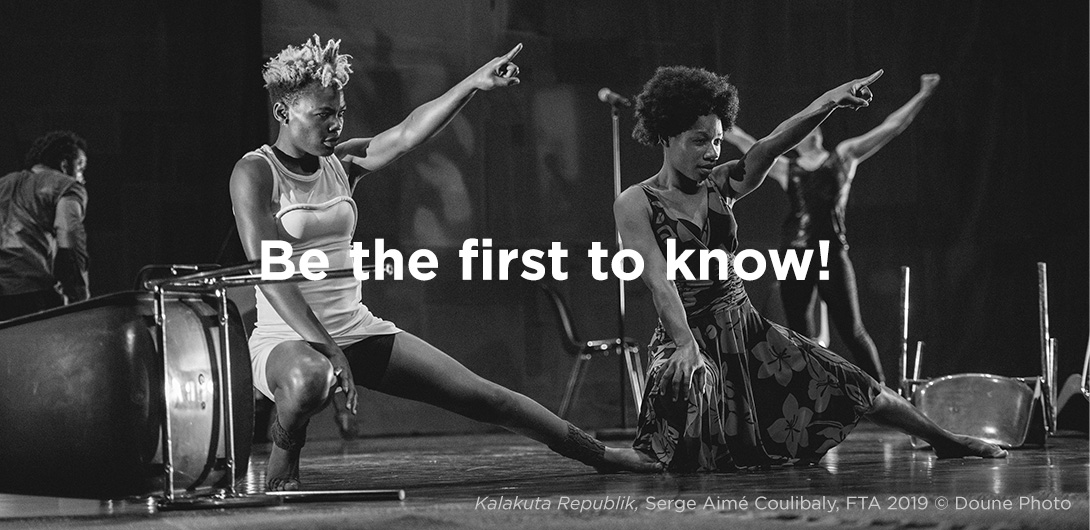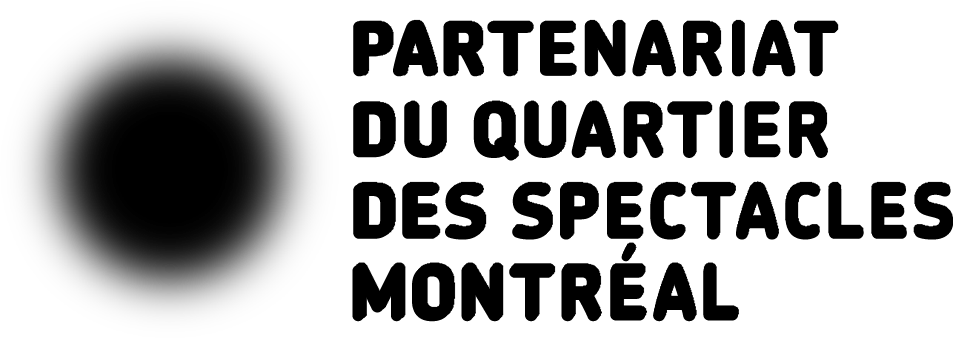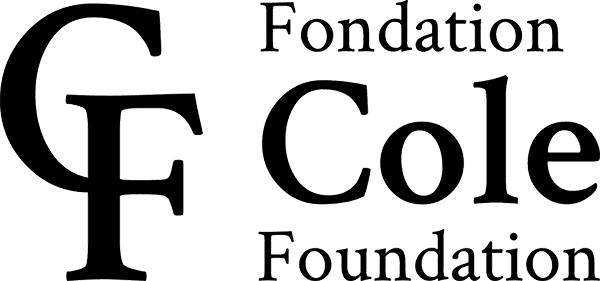Apart from Bacon’s paintings, what other elements influenced your scenic adaptation?
Angela Konrad: I often talk about “affective athleticism,” in Artaud’s sense — the flesh, the sense of the sacred, perverse, or masochistic; the sacrificial aspect of a text. My impression was that the mise en scène could show everything Larry’s text makes us feel.
Larry Tremblay: After a few exploratory sessions, two main avenues opened up before us: we could do a recollection of the relationship between Francis and George and centre the action on Francis’ memory, which would mean using the recent past tense, as the novel does. Or we could re-enact events in the present tense and give George’s character an active presence, more than simply ghost status. We could also alternate between recollection and re-enactment.
Compared to the novel, what sort of understanding with the audience does the adaptation entail?
L.T.: The challenge of writing the novel lay in rendering the sensations evoked by looking a Francis Bacon painting in the flesh of words. I not only had to tell a story but also transmit the sensory charge from what Bacon called “human meat” in his paintings, through episodes of his life. But in the scenic adaptation the sensory charge is displaced by the painter’s relationship with his model and lover. Instead, it comes out in the stormy relationship between the two men, and George is occasionally inclined to steal Francis’ lines, like in an erotic game.
Let’s talk about the notion of portrait. In Bacon’s, what did you reduce, exaggerate, accentuate?
L.T.: Taking a novel from page to stage means refining and reducing the mass of text, obviously. I should add that Tableau final de l’amour [Love’s Last Tableau] is not a biographical novel; it’s fiction, I made up most of the characters. Bacon’s images provided my real source of inspiration; they’re the novel’s true subject matter. The theatrical adaptation retains this ‘image subject’ by making it part of the sado-masochistic dynamic between the painter and his model.
A.K.: The strength of the writing is rooted in the narrative and must emerge in all its stylistic flourish, and the challenge is to render it while also doing justice to the universe of Bacon, where all is perception and sensation. I explored my interest in Bacon through Gilles Deleuze and his book Francis Bacon, logique de la sensation (Francis Bacon: The Logic of Sensation, 1981).
People who know with Bacon will arrive with their references. The images live on. But the theatre is not a museum, we deal in scenic action, embodiment. What is the function of theatrical representation when evoking a painter and his work, what must the representation reveal or hide; must it render the invisible, visible? With Bacon we go well beyond figurative as opposed to non-figurative, it becomes more of an extraction. The scene writing attempts to transpose these elements.
“Three Studies for a Crucifixion” was one of the first triptychs Bacon ever painted. Is there a moral dimension to this story that places us at the foot of a cross? Is there a “play within a play”?
L.T.: I wanted Francis the fictional character to evolve toward compassion or goodwill. Personally, I don’t believe the real Francis experienced the loss of George Dyer in the way I described it in the novel. I took liberties as a novelist and a cue from the structure of Greek tragedy, a source of inspiration for Bacon — to offer the hero a chance to acknowledge the error of his ways.
A.K.: The question of a “play within a play” comes up in the scene where Francis goes to George’s house after his death. In the novel it’s a pivotal moment. Francis discovers a whole hidden universe. I find it a very powerful moment. It holds all the mystery of the Other. Bacon finally understands.










